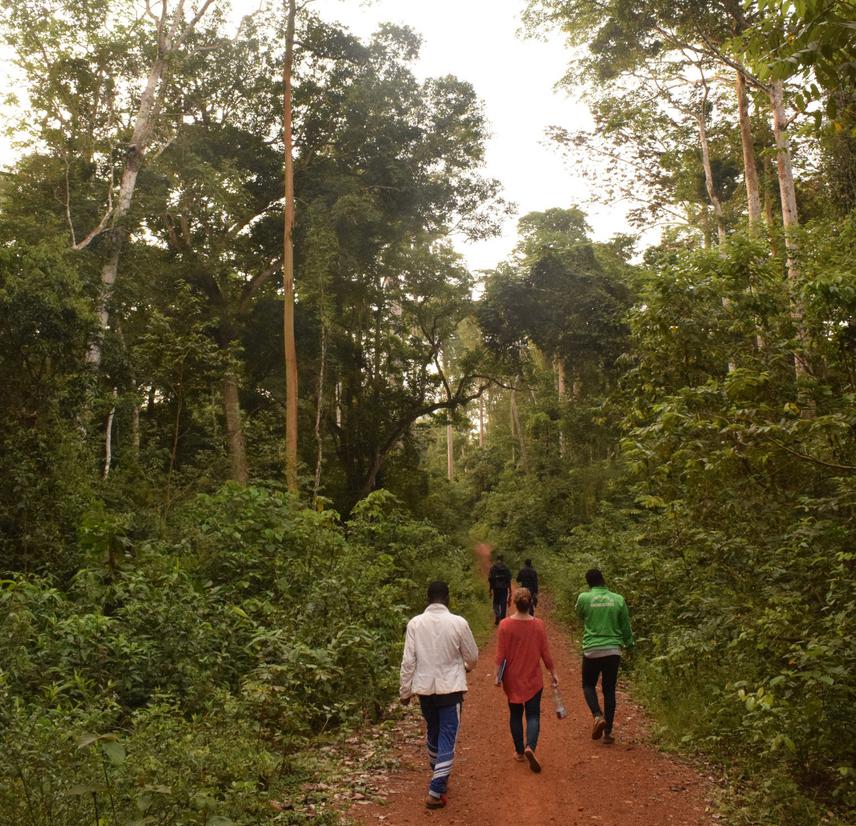Stephanie Brittain
There’s a real conservation need for monitoring methods that are both cost-effective and robust, especially when monitoring rare mammals across large-scales. Interviews with local communities are being increasingly used as a potentially cost-effective and robust way to gather species population data. However, research to quantify the robustness of this type of data are lacking.
We use local knowledge to collect vital information on species distribution and threats in and around the Dja Faunal Reserve. We want to quantify the status of, and threats to, hunted species in the region; identify ways for local communities and conservation practitioners to work together on monitoring and in doing so, improve a potentially valuable interview-based monitoring method. We aim to understanding the biases that affect interview data for wildlife population monitoring, explore the trade-offs between cost, precision and accuracy and identify barriers to and the potential of interview-based population monitoring in the Dja region and more broadly.

Walking to the village for interviews.
Conservation practitioners need efficient, cost-effective, and robust survey methods to effectively monitor populations of threatened and cryptic species, especially where conservation resources are limited. In Cameroon, a lack of resources severely complicates the already arduous task of monitoring species across large areas of forest habitat.
Using mixed-methods, we gather data on species distribution, relative abundance and threats, while also developing the interview based method with a better understanding of the precision and biases that affect interview data. The outcome is of tangible conservation benefit; highly valuable data on rare and hunted mammals in a poorly understood region and an improved rapid and cost-effective monitoring method for rare and cryptic species across challenging environments that incorporates local people and their knowledge.
The activities required to do this research include participatory mapping, sociodemographic questionnaires, seasonal semi-structured interviews, daily diaries, workshops and camera trapping in two villages.
Firstly, the research team will train 10-12 trained key informants from the villages to collect daily data using icon based diaries, with monthly check-ins from the research team to ensure all respondents are happy.
Mapping of their community forests, zone of use and different patterns of resource use are recorded with participatory mapping and seasonal calendar exercises. These permit the team to identify where and when respondents have seen a species or their sign in subsequent interviews.
Subsequently, sociodemographic and seasonal interviews are conducted in both villages with c. 250-300 respondent’s interviewed each time, plus agricultural workshops. The semi-structured interviews are conducted once per season (x4 a year) with each village.
Finally, two grids of 40 camera traps will be set adjacent to the study villages by an MSc student, and supported by the in-country team. This is a vital part of the research as the camera trap data will provide non-observational data to compare against the interview based data (both the seasonal interviews and the daily diary data). This will help us to understand the differences in bias between the cameras trap and interview methods.